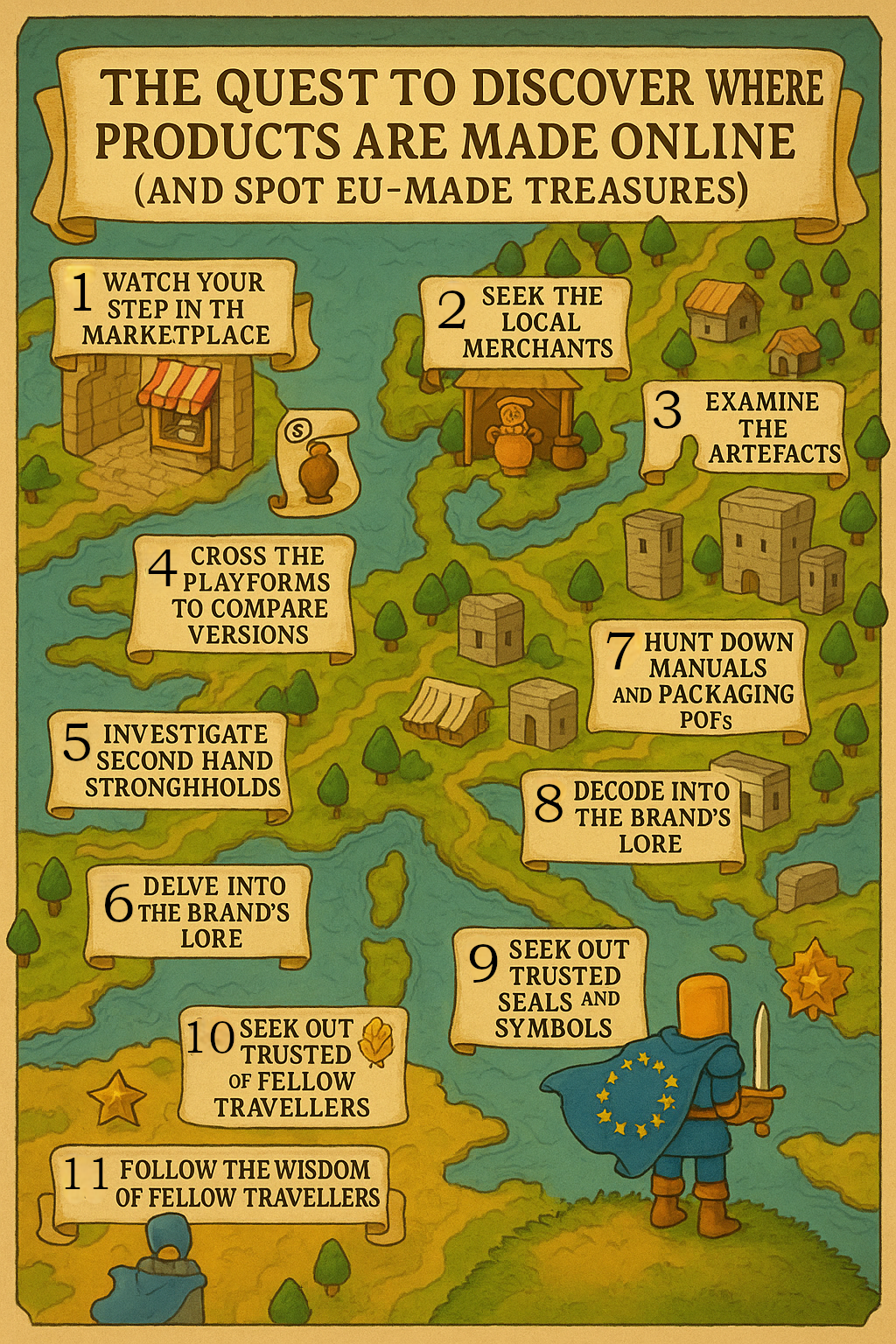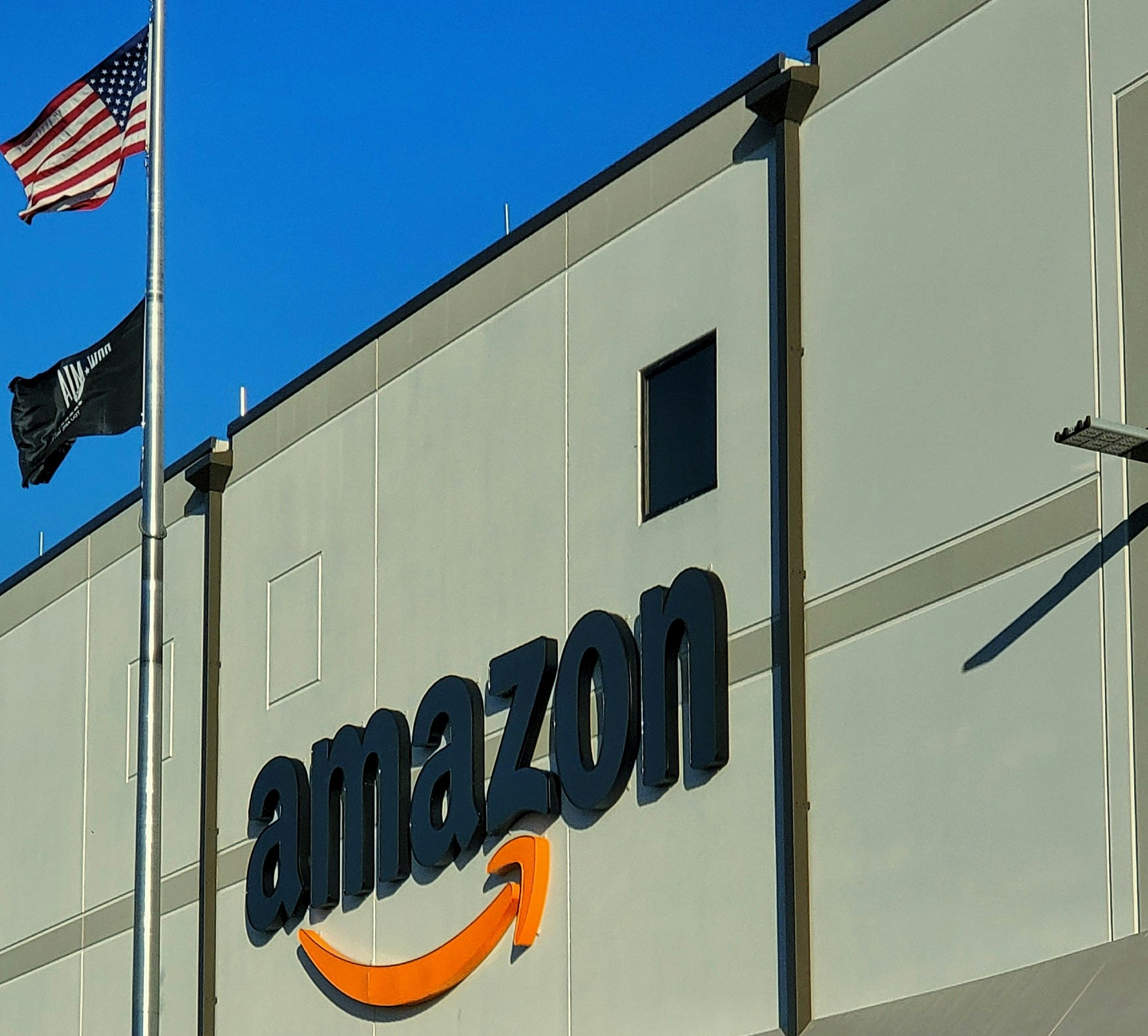Venturing into the world of online shopping can feel like entering a vast digital bazaar—one filled with mysteries, hidden truths, and the occasional trap. Among the most elusive treasures? Products truly made in the European Union.
At origineu.quest, we believe every item has a backstory, and the ones crafted in the EU often come with higher quality, ethical production, and reduced environmental impact. But discovering a product’s origin can feel like chasing shadows—especially on platforms that don’t exactly value transparency.
Fear not, fellow online traveller. With this guide in hand, you’ll be well-equipped for the journey ahead. Grab your metaphorical map and magnifying glass—your quest begins now.
1. Watch Your Step in the Marketplace
Large platforms like Amazon and others often obscure the most critical piece of product info: where it’s made. Sellers may gloss over origin, or worse, hide it behind vague or generic text. Don’t take listings at face value. If it doesn’t say “Made in the EU”, assume it may not be—until you can prove otherwise.
This part of the quest is filled with smoke and mirrors, so be alert.
2. Seek the Local Merchants
For greater transparency, venture into the realms of brand websites or EU-based online retailers. These tend to follow stricter laws around product origin and sustainability. They’re the wise sages of the shopping world—often offering clear insights about how and where their goods are crafted.
Comparing the same product on a French website vs. a UK one, for instance, may reveal hidden details like “Made in Spain” or “Produced in the EU”.


3. Examine the Artefacts (a.k.a. Product Images)
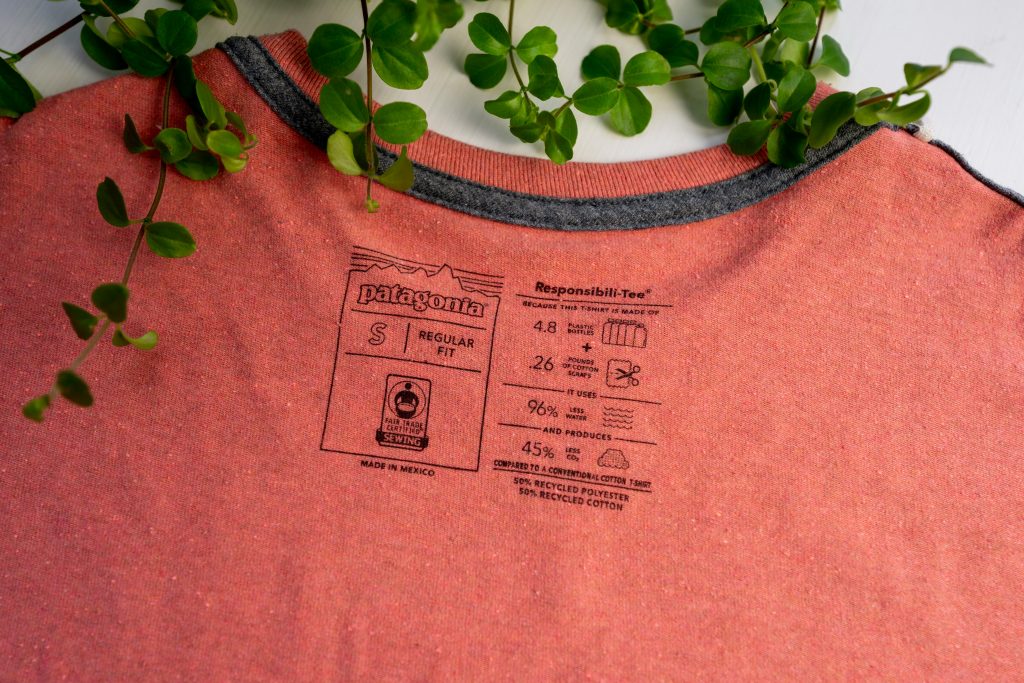
Zoom in, enhance, investigate. Product photos often contain small but powerful clues—origin labels, CE markings, barcodes, or country-specific logos. A “Made in EU” note on the bottom of a box could be the evidence you need.
If no real packaging or product photos are shown, consider that a possible illusion—meant to throw you off the trail.
4. Cross the Platforms to Compare Versions
Like a seasoned explorer double-checking the map, you can verify origin claims by comparing listings across different websites. What one seller hides, another might reveal—especially if the product is also sold by local shops, eco-focused retailers, or the brand’s own store.
The more sources you check, the clearer the picture becomes.
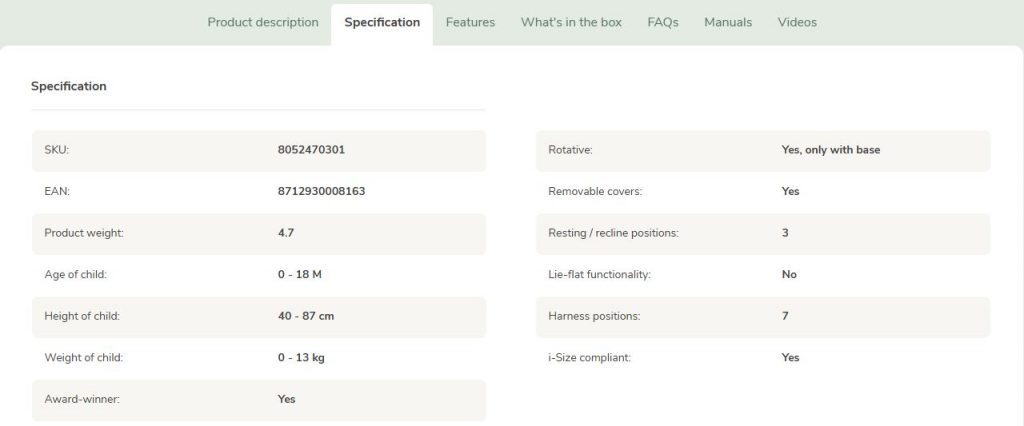
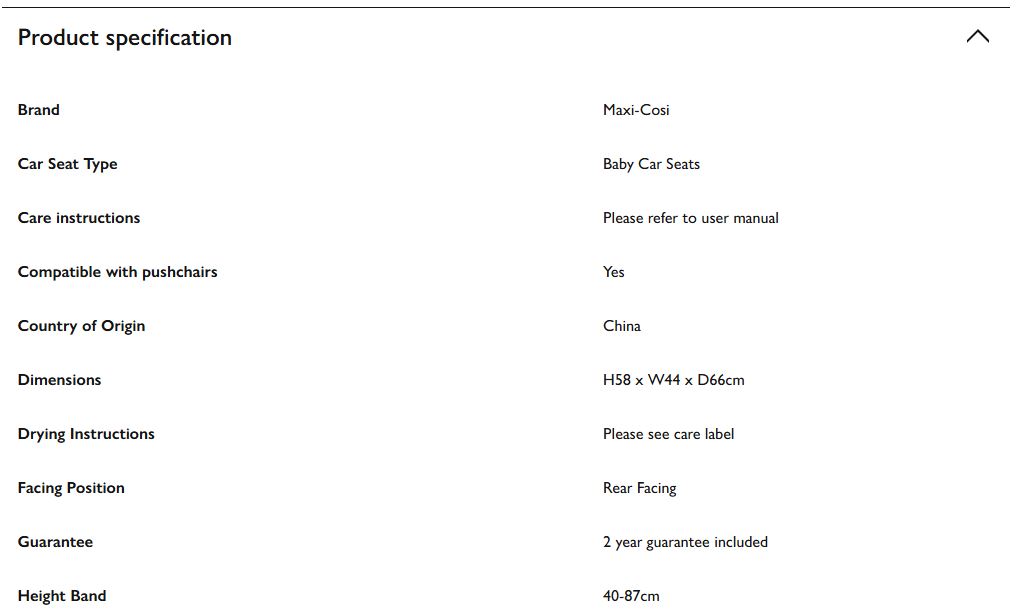
5. Investigate Second-Hand Strongholds
Sometimes, second-hand sellers unintentionally reveal more than polished shops. Sites like eBay, Vinted, or local resale hubs, real photos from everyday users often show product backs, barcodes, or boxes with country-of-origin stamps.
It’s a little like stumbling across a forgotten scroll with ancient markings.
6. Hunt Down Manuals and Packaging PDFs
Your quest doesn’t end with the product listing. Many manufacturers post downloadable manuals or product datasheets that reveal origin information. Sometimes these files can be found on the product page as a downloadable pdf. Otherwise, you can search the product name with terms like “manual,” “technical sheet,” or “specs” and see what treasure turns up.
Inside, you might find EU certifications, manufacturer addresses, or even warranty laws specific to the EU.
7. Delve Into the Brand’s Lore
Explore the company’s About Us, FAQ, or blog sections—these are often rich with clues. Brands that manufacture in the EU usually proclaim it proudly. Look for phrases like “locally made,” “crafted in Europe,” or “produced in accordance with EU standards.”
A brand with nothing to say about origin may have something to hide.
8. Decode the Barcodes
Barcodes—modern-day sigils of commerce—can occasionally point you in the right direction. Tools like GEPIR from GS1 let you search for the company that registered the barcode and where they’re based.
It’s not a guaranteed answer, but it’s another breadcrumb on the trail.
9. Summon the Gatekeepers (a.k.a. Customer Support)
Send a message into the void—but make it specific:
“Can you confirm if this item is made in the European Union?”
If the brand is proud of its EU origins, they’ll tell you. If they dodge the question or give a vague response, well… not every gatekeeper wants to help you pass.
10. Seek Out Trusted Seals and Symbols
Certifications are like enchanted badges of origin. Look out for:
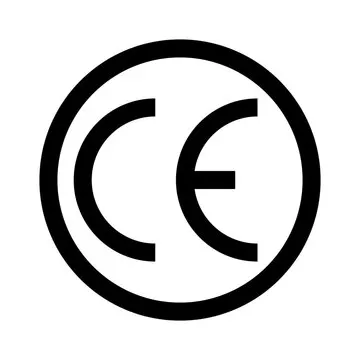
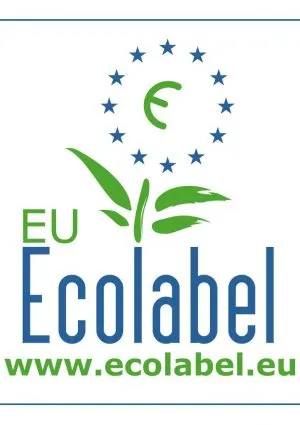
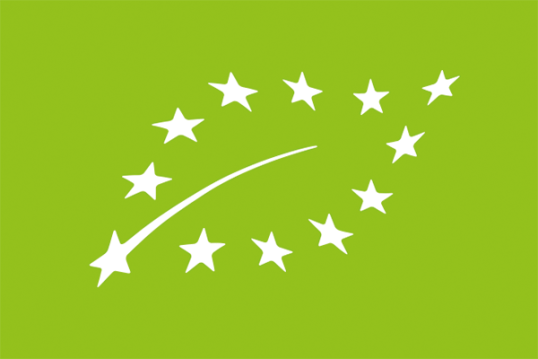
These marks don’t always guarantee EU manufacturing, but they often mean the product was made—or at least processed—under EU oversight or regulations. To learn more about the labels from the European Union, check the Commission’s website.
11. Follow the Wisdom of Fellow Travelers
Others have been down this road before. Seek out review sections, forums, and social media comments. Communities like Reddit or eco-shopping groups often share first-hand knowledge: “This shipped from Poland,” or “Packaging says Made in Italy.”
In many quests, it’s the advice of seasoned wanderers that saves the day.
Final Words for the Brave
Uncovering where a product is made isn’t just a practical skill—it’s an act of curiosity, of values, and of conscious living. When you choose EU-made products, you’re investing in quality, sustainability, and fair standards.
At origineu.quest, we’re here to help guide that journey. Our tools, tips, and product picks are designed to help you navigate the fog—and find the items that align with your values.
Because the origin matters. And we’re all on a quest to find products from the European Union.

